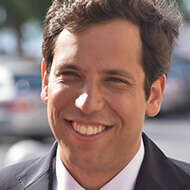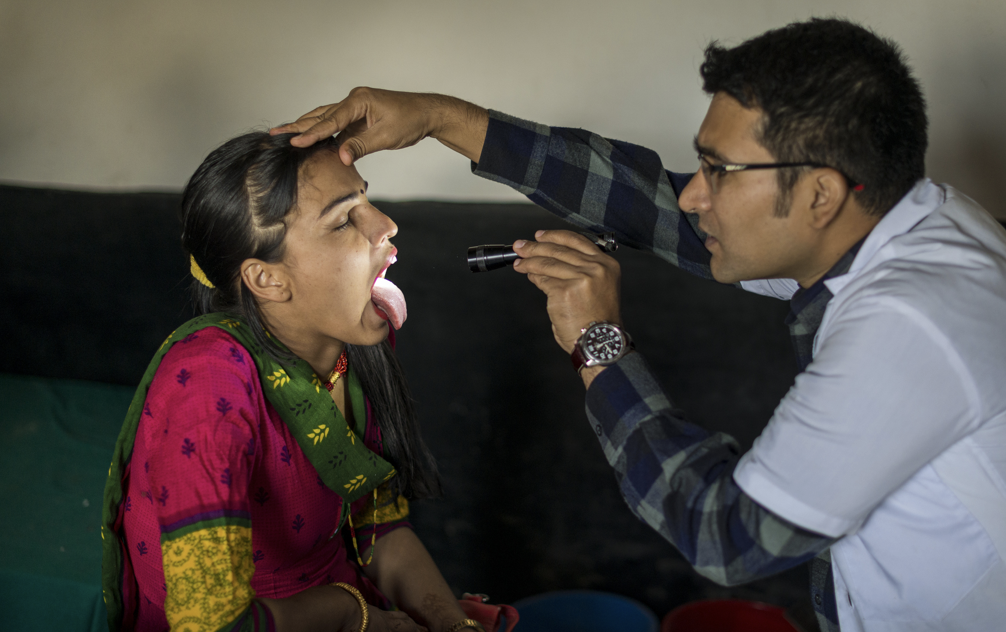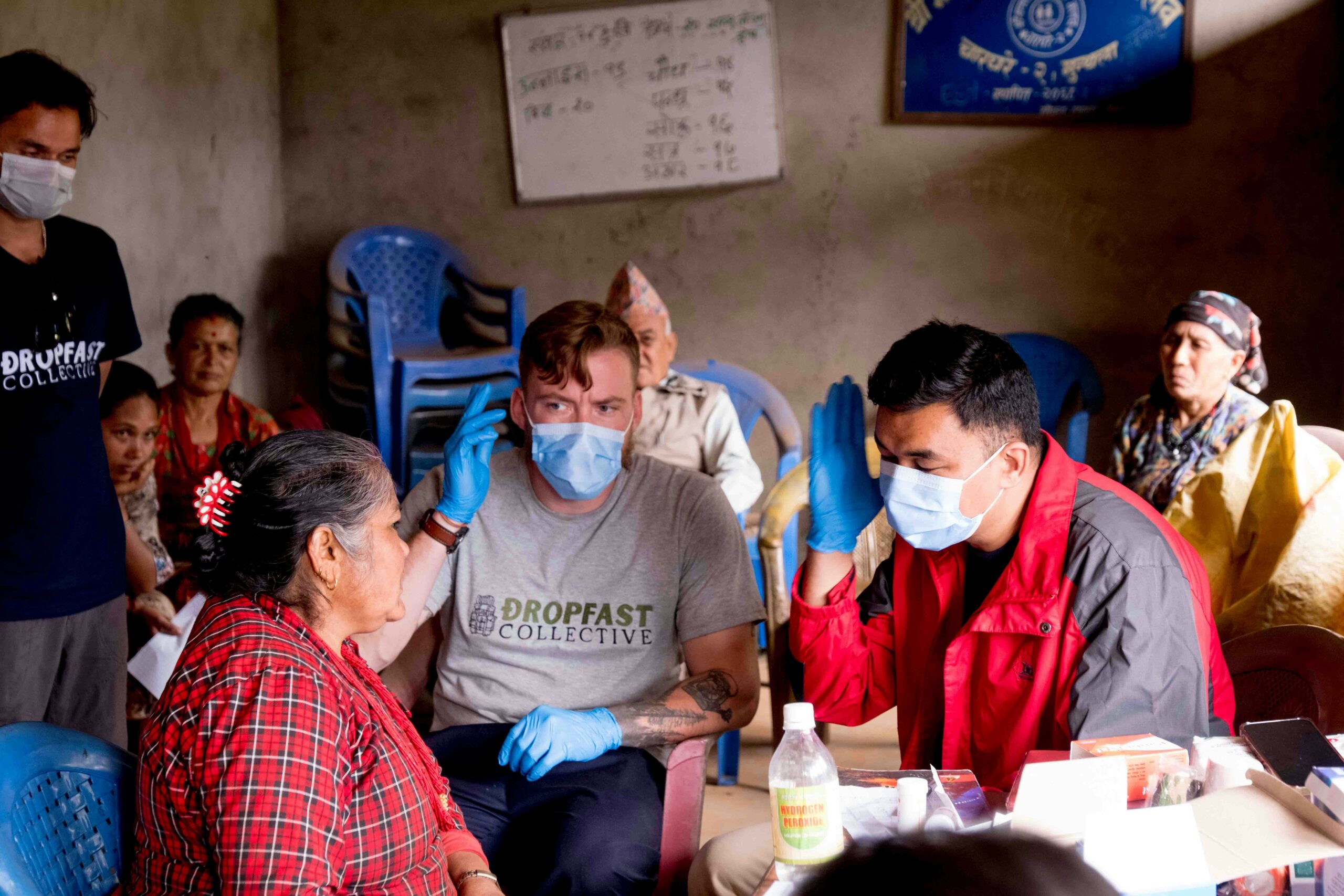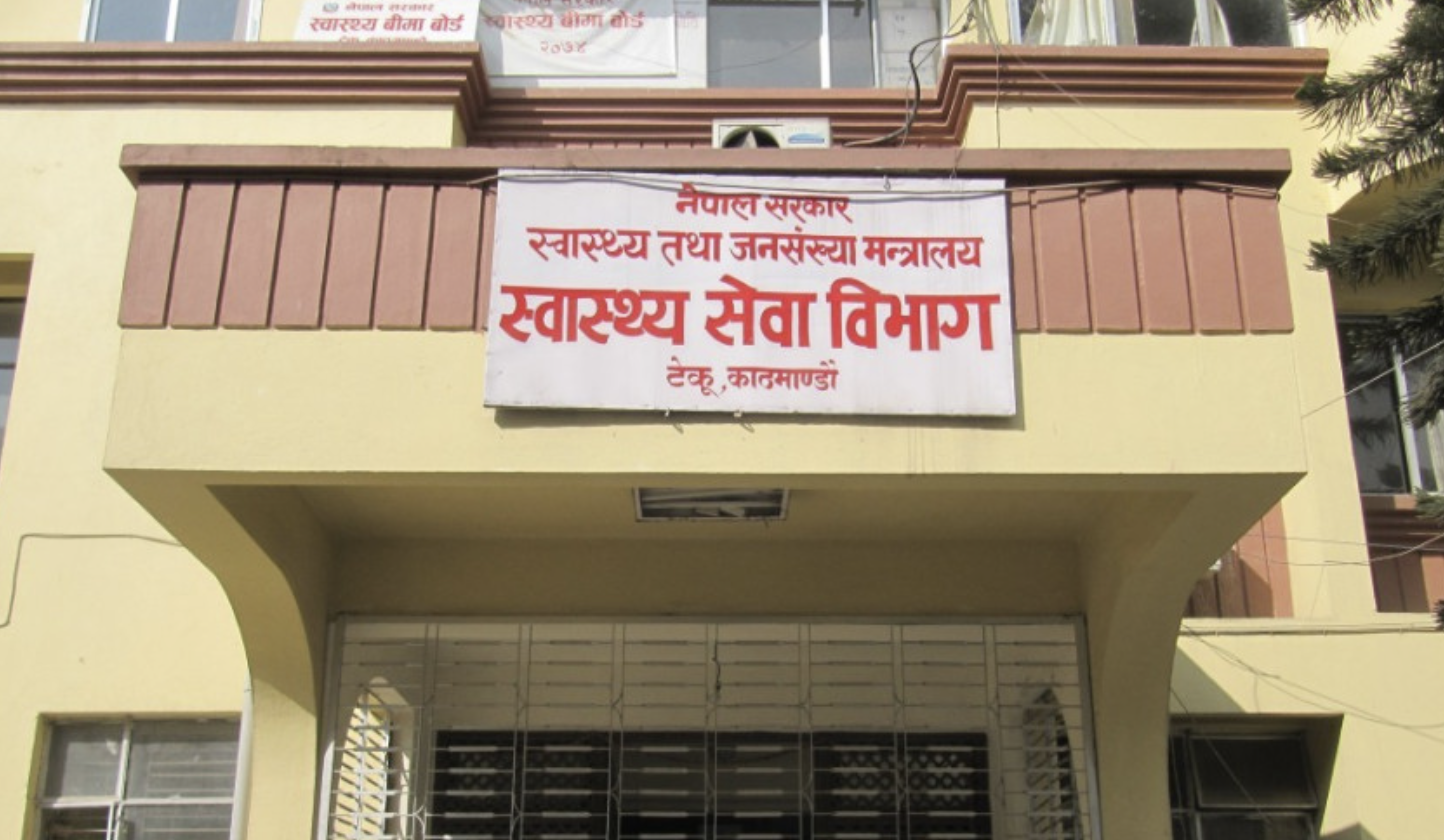Nepal has a mixed health financing system in line with the health care delivery system. It comprises government-funded health programmes for basic health services, insurance-based tertiary services, and private health services financed through out-of-pocket (OOP) expenditure.
Services provided by public facilities face quality challenges due to variable medical supplies and human resources. This prompts many people to opt for private health care regardless of their economic status[1].
OOP is the largest component of current health expenditure (CHE)
In 2020, Nepal’s health spending as a share of GDP was 5%[2]. OOP spending accounted for 54% of THE while 30% of THE derived from public expenditure. More than two thirds of total OOP spending is for pharmaceuticals and medical supplies. Health care costs at hospitals constitute 20.8 percent of total OOP expenditure, 80% of which occurs in private hospitals. About half a million people in Nepal are pushed below the poverty line each year by health care expenses[3].
The Nepalese health sector has been partially dependent on external aid, but this dependence is gradually decreasing. From 2000 to 2020, the share of external aid in CHE fell from 21.5% to 11%[2].
Challenges and opportunities in the fiscal space for health financing in Nepal
Many government initiatives have led to an increase in public spending on health and in targeted programmes for people living in poverty. These initiatives have eased household spending on health. In the coming years, the fiscal space for health financing in Nepal is expected to benefit from economic growth, increased household incomes, and government fiscal revenues. This growth will allow more spending for the population’s health needs if all three tiers of the government – federal, state and local – prioritize the health sector[1].
References
- Devkota, Bikash, et al. Situational-Analysis-of-Health-Financing-in-Nepal. 2019
- WHO Global Health Expenditure database 2022
- Khanal, Geha N., et al. “Evaluation of the National Health Insurance Program of Nepal: Are Political Promises Translated into Actions?” Health Research Policy and Systems, vol. 21, no. 1, Jan. 2023, p. 7. BioMed Central




